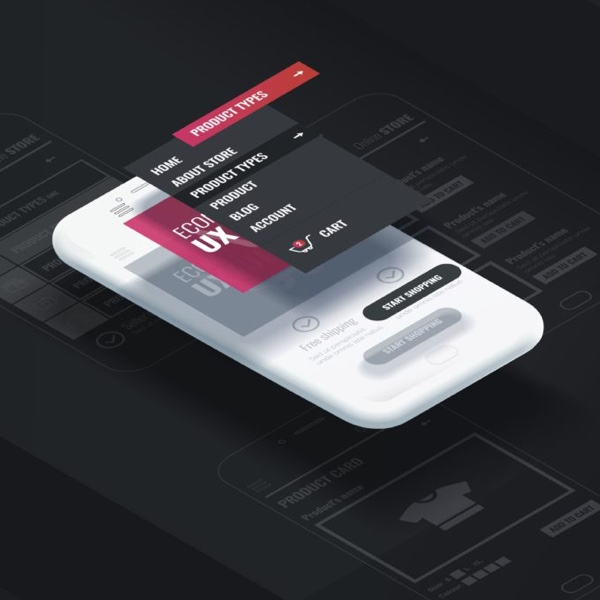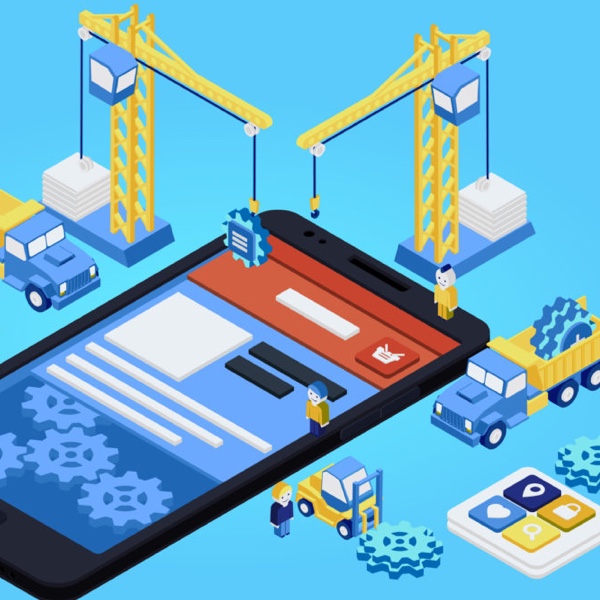It’s no secret that mobile apps generate tremendous revenue and widespread smartphone usage has further enhanced their potential. But how do mobile apps generate income? There is a variety of mobile app revenue models today that app developers can choose from to enhance profitability. Models differ in terms of their monetization strategy and, unfortunately, there is no one-size-fits-all model that can guarantee success for every business. You need to choose carefully based on the business vertical and nature and type of app. It all really boils down to careful selection of the model, strategic app design and well-planned deployment of the chosen model.
The mobile app design process begins with selecting a great app model before launching the app to the public. However, that doesn’t mean that you cannot modify or iterate post-launch as you go along and find what works best for you. For maximizing your app’s profitability, you can even combine two or more models, depending on your requirements and type of business. With rising popularity and usage of mobile apps, there is no doubt that newer apps will be created, which will understandably lead to more innovative models.
Which is the Right App Model for You?

According to Statista, in 2019, the gross worldwide mobile app expenditure is projected to be as high as 120 billion U. S. dollars. If your business hasn’t already taken advantage of the promising revenue models, it’s time to do so. To ensure that you select the right model, we’ve compiled the features, pros and cons of the most bankable and popular app models that are being used by app developers today.
App Design Questions to Consider
App models differ with respect to how and most importantly when they generate revenue. At what point in the user’s interaction with the app, does it generate revenue? Are users, advertisers, or sponsors the source of monetization for the parent company? To identify the most profitable app design for you, consider the following questions:
- What is the nature and type of my business?
- What need is my app serving?
- Is my offering attractive enough to keep users engaged?
- Is there anything else I can supplement my primary offering with?
- What other needs can my app serve?
- How do I distinguish my offering from that of my competitors?
- Which app models can I combine to achieve the desired profitability?
With those questions in mind, consider these 6 bankable app models in use today.
1. Free (Get Used to the Ads)
The most common revenue model is the ‘free’ type. Users can download and use the app for free. To make this work, the app has to secure a large user base in order to accumulate user data. The user data is then shared with advertisers who place targeted ads based on the analyzed data.
This is the most traditional and oldest type of revenue model that has been in common use. It is a successful app design model because it benefits all three parties. Users benefit from the free usage. Advertisers get exposure and access to user data, which is a gold mine in today’s digitalized world. And app developers earn advertising revenue.
Advantages
Disadvantages
2. Freemium (Basic Services are Free but Pay for Premium Ones)
Freemium is another popular revenue model. This model is a classic example of a ‘getting your foot in the door’ strategy. Users can download the app and use basic features free of charge, helping the business to acquire a large user group. Furthermore, while experiencing the feel and basic functionality of the app, users engage with the app and their interest increases. After the initial engagement, the hope is that users will pay for premium features.
Advantages
Disadvantages
3. Paid Apps (Pay to Download)
This can be a great revenue model provided the app offers value that free apps don’t. Developers need to be confident of the quality of their app and the marketers’ ability to entice users to purchase it, without a preview or trial version. To sell through this revenue model, the product has to be unique and should be launched with great app promotions. It should be marketed with a great app listing that includes a preview in the form of screenshots and star ratings. Conduct thorough research to determine what similar free apps are offering so you can take your offering to the next level to justify the charge.
Advantages
Disadvantages
4. In-App Purchases (Download for Free and Make In-App Purchases)
The ‘In-App Purchases’ strategy allows users to download and use the app for free. However, it generates the majority of revenue by selling virtual goods within the app. In this model too, the app needs to be of exceptionally high quality to retain users’ interest. It is commonly used in gaming apps to pique the interest of users to the extent that they are willing to pay for in-game currency or advanced functionality to advance to the next level. The strategy used here is compelling users to pay at a critical point when they have engaged so deeply with the game that they are willing to pay real cash for in-game bonuses. This revenue model achieves the desired outcome only if the app can generate a deep enough engagement or interest that can be cashed by developers.
Advantages
Disadvantages
5. Subscriptions/Paywall (Subscribe for a Periodic Fee)
As the name suggests, this model requires you to pay a weekly, monthly or yearly fee for access to additional content after consuming an established quota of free content. It typically involves a recurring fee which users are willing to pay for continued access to especially high-quality content.
Advantages
Disadvantages
Each of these bankable app models work differently and can garner different results. It would be wise to choose prudently and only after careful deliberation.
We hope this guide on the most bankable app models assists in your search for the model that best fits your business requirements. Bitbean is a custom software and mobile application development company that develops mobile apps utilizing the latest app technologies and even provides customized mobile app services. Contact Bitbean to speak to our expert staff of custom app and software designers.






